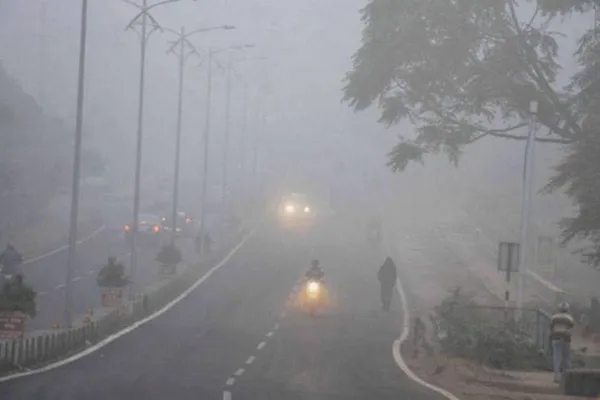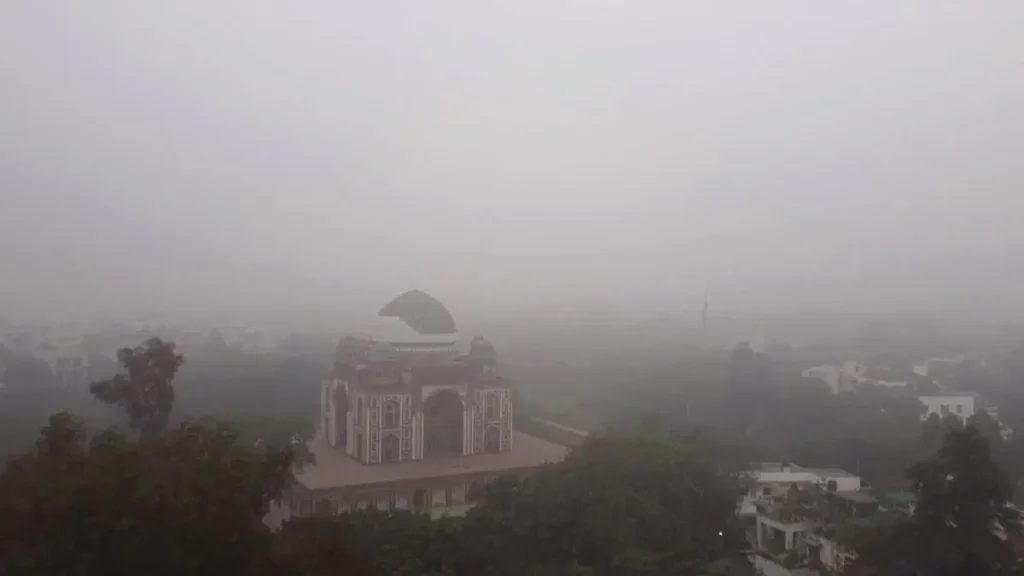The India Meteorological Department (IMD) recently issued warnings of “very dense fog” across Haryana, Chandigarh, and Delhi.
- The IMD is monitoring this using advanced data from INSAT 3D and 3DR satellites.
The Role of IMD and Satellite Technology:
- IMD has issued warnings about “very dense fog” engulfing areas in North India. This condition necessitates careful monitoring and analysis for public safety and awareness.
- The use of INSAT 3D and 3DR satellites is crucial in this context.
- These advanced satellites provide a wealth of data to assess and predict weather patterns effectively.
INSAT 3D and 3DR Satellite Imaging
- These satellites are instrumental in offering critical insights through solar reflectance and brightness temperature measurements.
About Solar Reflectance and Brightness Temperature
- Solar Reflectance: This parameter is essential for understanding the energy dynamics of the Earth’s surface.
- It measures the proportion of solar energy reflected relative to the energy received.
- Brightness Temperature: This concept relates to how an object’s surface brightness influences its perceived temperature, which may vary from the actual physical temperature.
How does satellite analysis of colour and snow?
- Day Microphysics: This method involves examining solar reflectance at specific wavelengths (0.5 µm, 1.6 µm, and 10.8 µm).
- Such analysis is vital for tracking radiation patterns across India.
- Color Determination: The identification of colours (green at 0.5 µm, red at 1.6 µm, and blue at 10.8 µm) is based on signal wavelengths.
- Night Microphysics: By utilizing thermal infrared signals, this approach aids in discerning various cloud types and weather phenomena, especially during nighttime.
Ref: Source
| UPSC IAS Preparation Resources | |
| Current Affairs Analysis | Topperspedia |
| GS Shots | Simply Explained |
| Daily Flash Cards | Daily Quiz |



